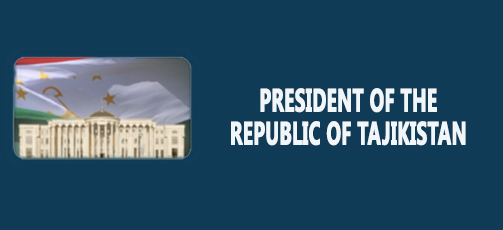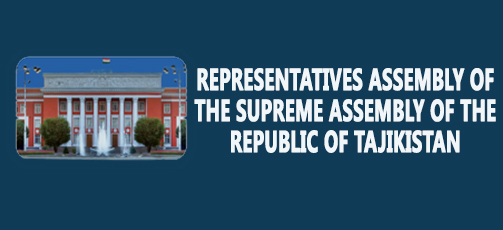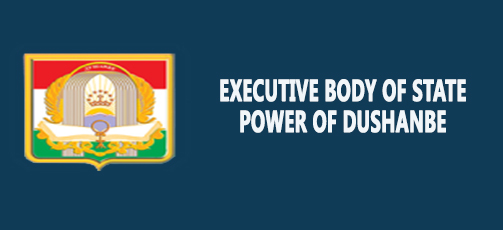British The Calvert Journal Writes about Rhythms of Lost Time by Tajik Director Anisa Sabiri
Read also
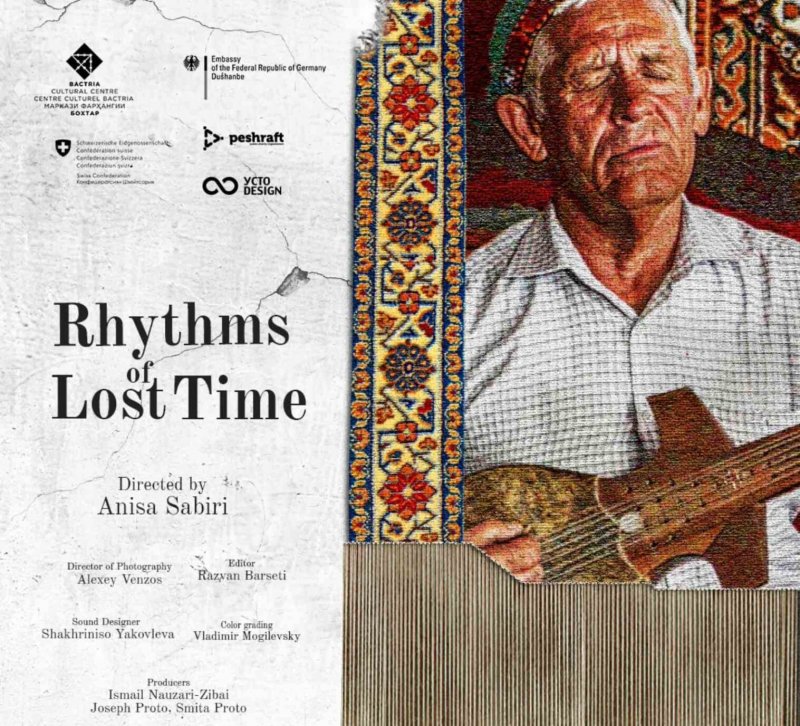
DUSHANBE, 05.11.2021 (NIAT Khovar) – Earlier, the documentary film Rhythms of Lost Time by Anisa Sabiri received the award for the most popular film at the international festival Calvert Journal. The festival took place online from October 18 through October 31 and featured 35 films from Eastern Europe, the Balkans, Russia, the Caucasus and Central Asia. The winners were awarded six prizes. Among the winner was Sabiri.
The film is 45 minutes long and is dedicated to the music of the Gorno-Badakhshan Autonomous Region of Tajikistan.
The British The Calvert Journal, based in London and launched in 2013 by the Calvert 22 Foundation to study the culture of the so-called New East (Eastern Europe, Balkans, Russia, and Central Asia), wrote about film by the Tajik director.
The Journal writes that in Tajikistan’s mountainous eastern province of Badakhsan, music is embedded in people’s lives, following them from birth to death. This music is inherently religious, handed down from the area’s Zoroastrian ancestors, and was often seen as contradicting the core values of the successive governments that ruled the region. Medieval Arab and Turkic control brought Islam to prominence in the country, while the later Soviet rule attempted to implement official secularism. Through it all Badakhshan’s people were able to protect their musical traditions.
According to Sabiri’s 2021 documentary Rhythms of Lost Time, the film is a spiritual quest.
Sabiri herself is from Tajikistan, and once worked as a tour guide in the country, and, in a way, the film functions as a musical tour of Badakhshan. Performances throughout the film display the myriad ways in which traditional Tajik music is central to the lives of the people, and the importance of it in key rituals. This religious aspect of the music varies. For some, it comes down from Zoroastrian belief and honors Ahuramazda, while for others, it is an Islamic belief that honours Allah. After the fall of the Soviet Union in 1991, Tajikistan became independent, but the following year a civil war broke out, that lasted until 1997.
According to the journal, the documentary, artfully blends narration and interviews with strikingly colourful imagery and immersive soundscapes. It captures how music is present in the everyday agricultural routine of farmers, and it serves as a central component in significant stages of life, such as weddings and funerals.
In her statement, Sabiri highlights the relationship of music to life, and inevitably, death, as embodied in the Badakhshani tanbur, a local stringed instrument.
“Each time I visited traditional craftsmen or artists, their practice resonated with me deeply,” she says.
“I was particularly drawn to the music of the tanbur. I asked a local musician why its sound affected me so much, and he told me that it is not just a musical instrument, but rather its purpose is to help the soul to separate from the body after death. Therefore, he said, the tanbur cries,” she added.
The tanbur is featured prominently during maddoh, the musical rite performed at funerals. In the film, musician Aliakbar Odinamamadov solemnly states that Maddoh is simply the word of God,- music that helps the soul depart from the body and enter the afterlife. This connection of music to the body and soul is felt throughout the lives of each person within the community, “from lullabies at his birth to maddoh at his death,” the film’s narration explains.
At birth, the soul is connected to the body and the earth. During marriage, the soul is joined to that of another, while during death, the soul departs from the body and the earth.
In Rhythms of Lost Time, Sabiri is sometimes accompanied by Leo Abrahams, a British musician whose credits also include composition and production. Abrahams first heard the music of maddoh through musician Lu Edmonds, who recorded music he heard while travelling throughout Central Asia. Abrahams is featured sparingly throughout the film, and one might wonder what purpose his Western perspective serves in the documentation of traditional Tajik music. While the relevance of Sabiri’s perspective as a director is self-explanatory, for Abrahams, the film is just the realisation of a ten-year long desire to hear maddoh in person.
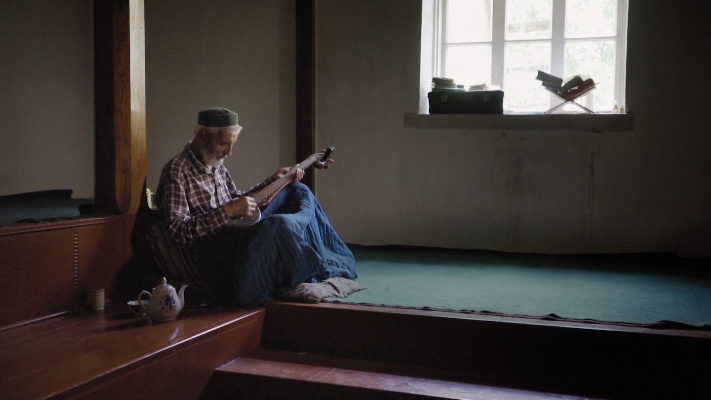
“What specifically interests me about maddoh is that it wasn’t just that this music was rhythmically, harmonically, and melodically fascinating. It was all those things. But what really struck me was that it felt like much more than music, or it felt like somehow the music of nature, or even though I don’t consider myself a religious person, music of God,” he explains.
For Sabiri, her goal is not just to be a filmmaker, “but a storyteller from Tajikistan – a country about which there is a lot to say.” Sabiri succeeds in doing just that, allowing the people and the music of Tajikistan to speak for themselves in her film. She is also not afraid to include moments of silence, documenting rituals and daily life just as they occur. Musicians interviewed in the film estimate that around 90% of traditional Tajik music has been lost due to a lack of resources, be they monetary or in terms of recording equipment. In documenting this music, Rhythms of Lost Time itself becomes a record, preserving ancient music, in peoples’ own words and on their own terms, for future generations.
PHOTO by www.calvertjournal.com











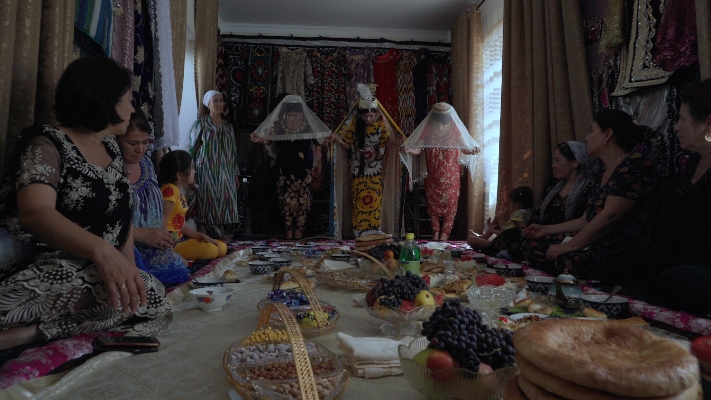
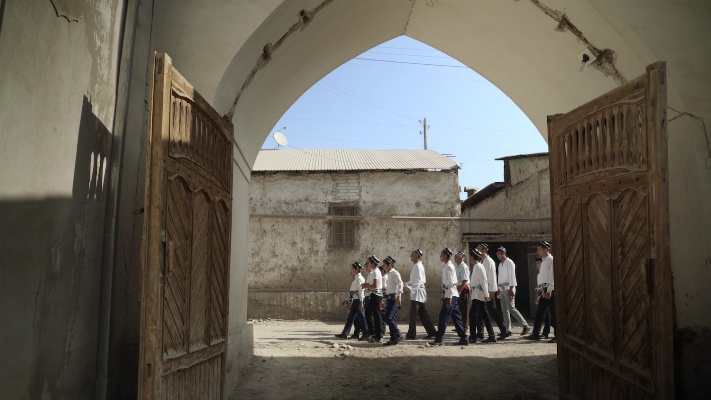
 Tajikistan to host Chinese Culture Days
Tajikistan to host Chinese Culture Days National Museum of Tajikistan to Exhibit Artifacts at International Exhibition in China
National Museum of Tajikistan to Exhibit Artifacts at International Exhibition in China Filmmakers from 20 Countries to Participate in the International “Toji Somon” Film Festival
Filmmakers from 20 Countries to Participate in the International “Toji Somon” Film Festival Opening Ceremony of the Days of Mongolian Culture Held in Tajikistan
Opening Ceremony of the Days of Mongolian Culture Held in Tajikistan President of Mongolia Ukhnaagiin Khurelsukh Explores the History of the Tajik People at the National Museum of Tajikistan
President of Mongolia Ukhnaagiin Khurelsukh Explores the History of the Tajik People at the National Museum of Tajikistan Mongolian Culture Days to Take Place in Tajikistan
Mongolian Culture Days to Take Place in Tajikistan Ten New Historical and Cultural Sites Discovered in Tajikistan
Ten New Historical and Cultural Sites Discovered in Tajikistan Six Tajik Documentaries to Be Broadcast on Chinese Television
Six Tajik Documentaries to Be Broadcast on Chinese Television Tajikistan Submits Five New Nominations for Inclusion in the UNESCO World Heritage List
Tajikistan Submits Five New Nominations for Inclusion in the UNESCO World Heritage List Tajik Gymnasts Win 15 Medals at International Rhythmic Gymnastics Competition
Tajik Gymnasts Win 15 Medals at International Rhythmic Gymnastics Competition Tajikistan’s Contribution to Cultural Heritage Preservation in the Era of Globalization Presented in Kazakhstan
Tajikistan’s Contribution to Cultural Heritage Preservation in the Era of Globalization Presented in Kazakhstan









